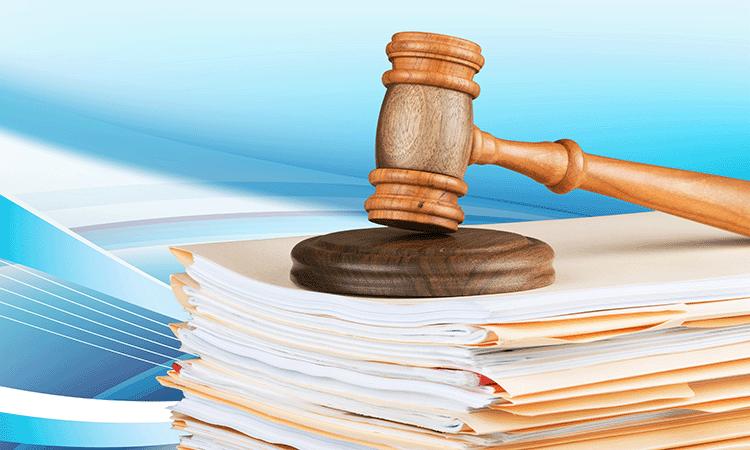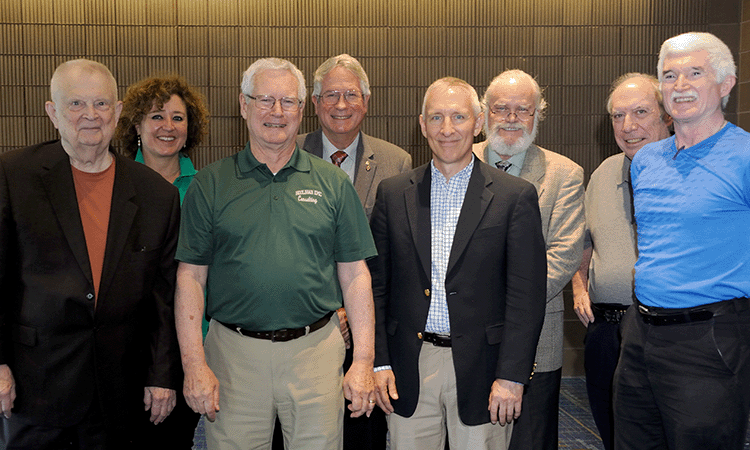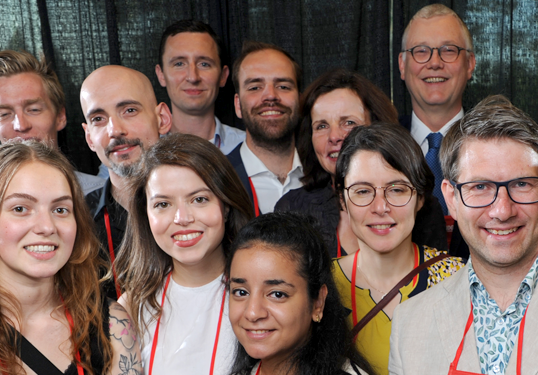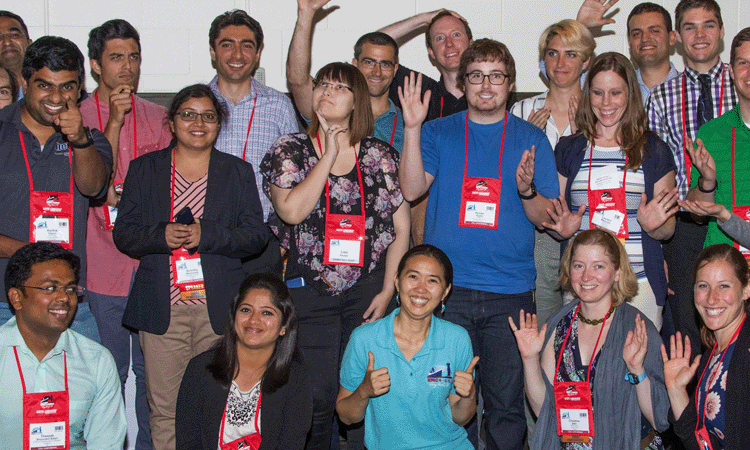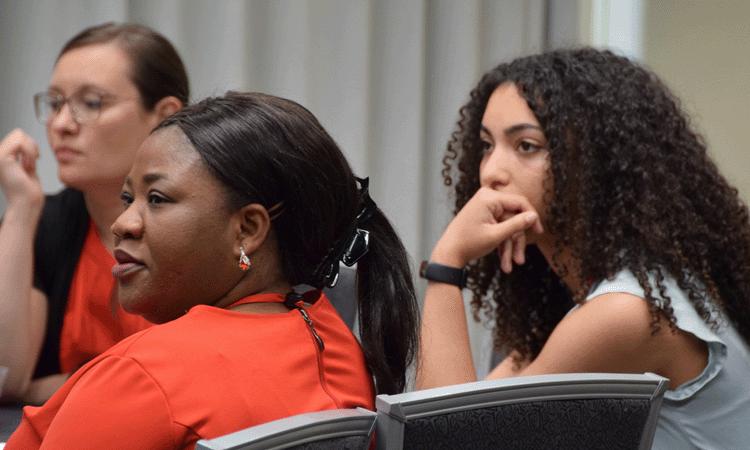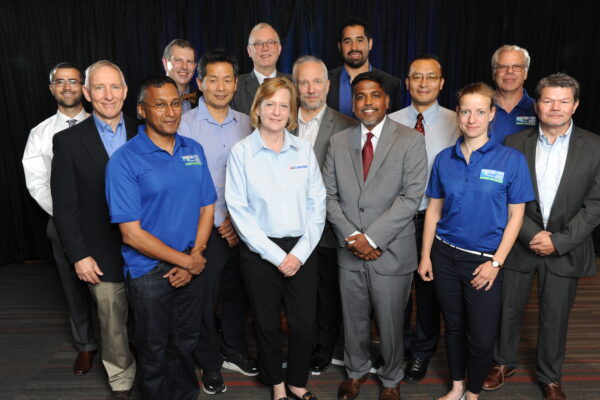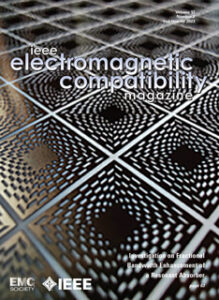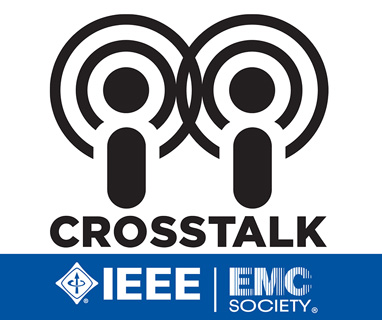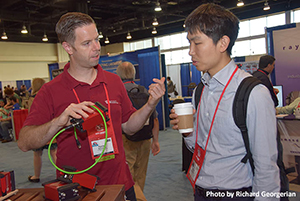
YP Ambassador
DongHyun (Bill) Kim
Young Professional Ambassador

DongHyun (Bill) Kim
Term 2025-2026
Sunnyvale, CA, USA
Dr. DongHyun (Bill) Kim is a TPU Hardware Engineer at Google. His expertise includes signal integrity, power integrity, and electromagnetic compatibility in high-speed digital systems. Prior to joining Google in 2025, he was an Assistant Professor and a Dean’s Scholar at the Missouri University of Science and Technology (Missouri S&T). Dr. Kim holds B.S., M.S., and Ph.D. degrees in Electrical Engineering from the Korea Advanced Institute of Science and Technology (KAIST). He is a decorated recipient of numerous awards from the IEEE and DesignCon, recognizing his contributions to the field. In addition, he is currently serving as the Chair of the IEEE EMC Society TC-10 (Signal Integrity and Power Integrity) and previously served as the Chair of the IEEE St. Louis Section.
Talk 1: Bottleneck in High-speed Digital Channels in Printed Circuit Boards, Plated Through-hole Via
Abstract: Plated through-hole (PTH) vias are essential for linking layers in high-speed digital channels in printed circuit boards (PCBs) used in advanced digital systems. These copper interconnections are favored for their high conductivity and cost-effectiveness compared to silver or gold, along with their widespread availability. With the escalating need for faster data transfer, enhanced efficiency, multimedia streaming, cloud computing, the Internet of Things (IoT), and data-heavy applications, high-speed digital systems are operating at increasingly higher frequencies. This shift highlights the importance of copper-based PTH vias and invites comparisons with other types of interconnects. As PCBs become thicker with more layers, examining PTH vias for signal integrity in high-speed environments becomes crucial. This presentation will focus on addressing the signal integrity challenges posed by PTH vias and exploring strategies to extend the life of copper-based vertical interconnections in high-speed digital PCBs.
Talk 2: Dk and Df Characterization of Low-loss Dielectric Liquid by Cylindrical Cavity Resonator
Abstract: A method using a cylindrical cavity resonator has been developed to measure the dielectric properties of low-loss dielectric liquids, such as coolants used in electronic cooling systems within data centers and storage systems. These properties significantly affect the electrical performance of components exposed to the coolant, including connectors and microstrip lines. The proposed method specifically characterizes the dielectric constant (Dk) and loss tangent (Df) of the coolant, crucial for signal integrity analysis. Using the transverse magnetic (TM010) mode of the cylindrical cavity resonator, Dk and Df values were accurately determined. Analysis through full-wave simulation revealed that the relative errors for Dk and Df were less than 1% and 3%, respectively. Furthermore, the resonator was constructed and its performance confirmed through measurements, demonstrating the method’s high accuracy and consistency.

